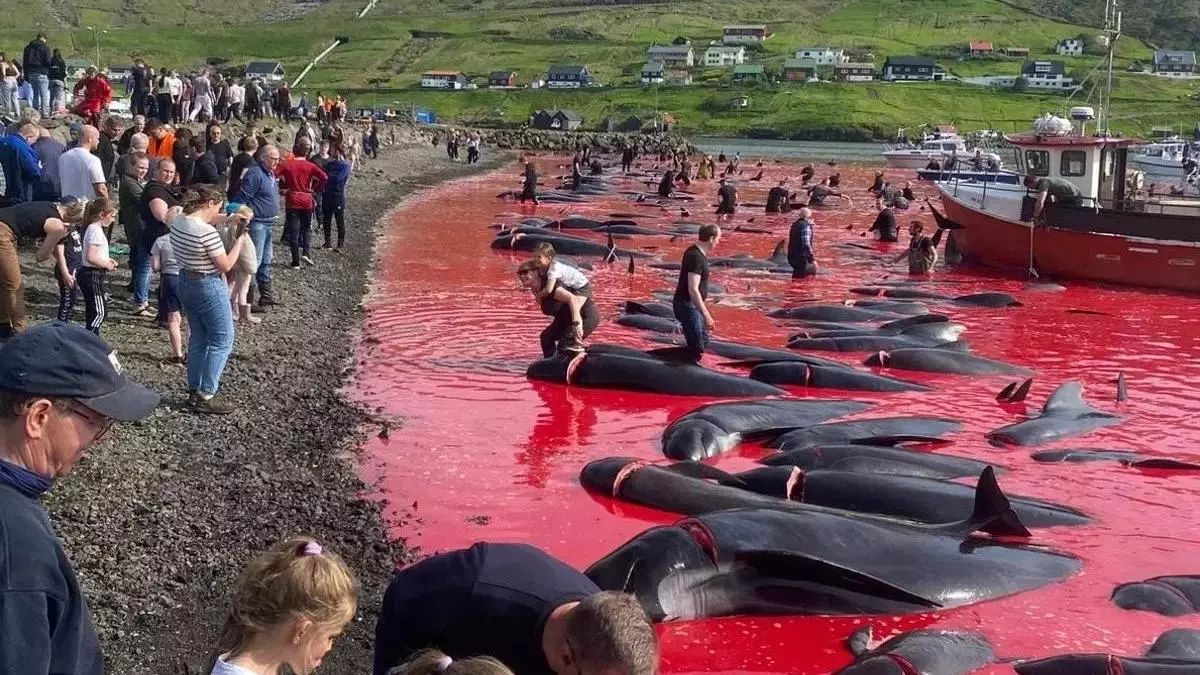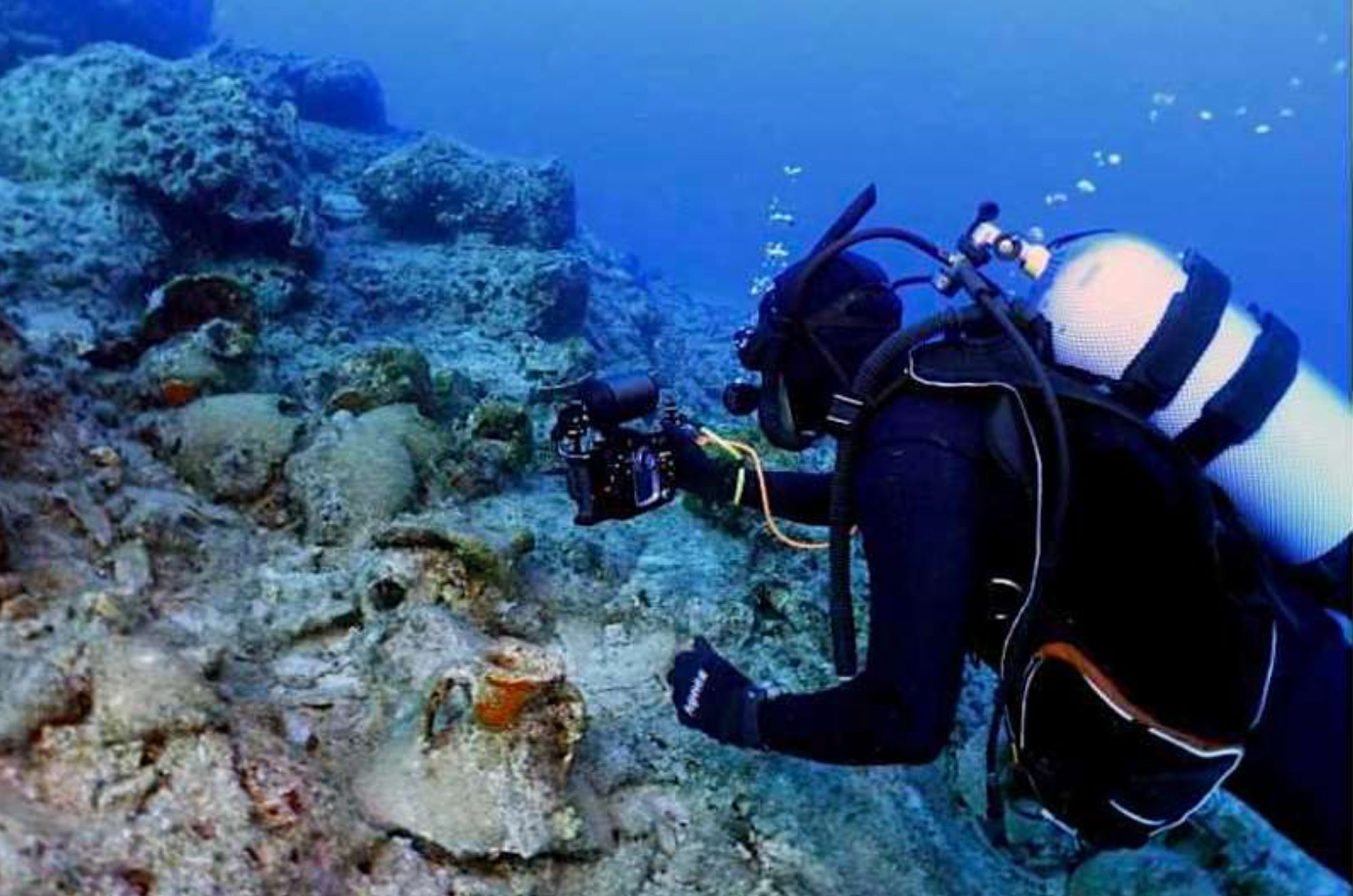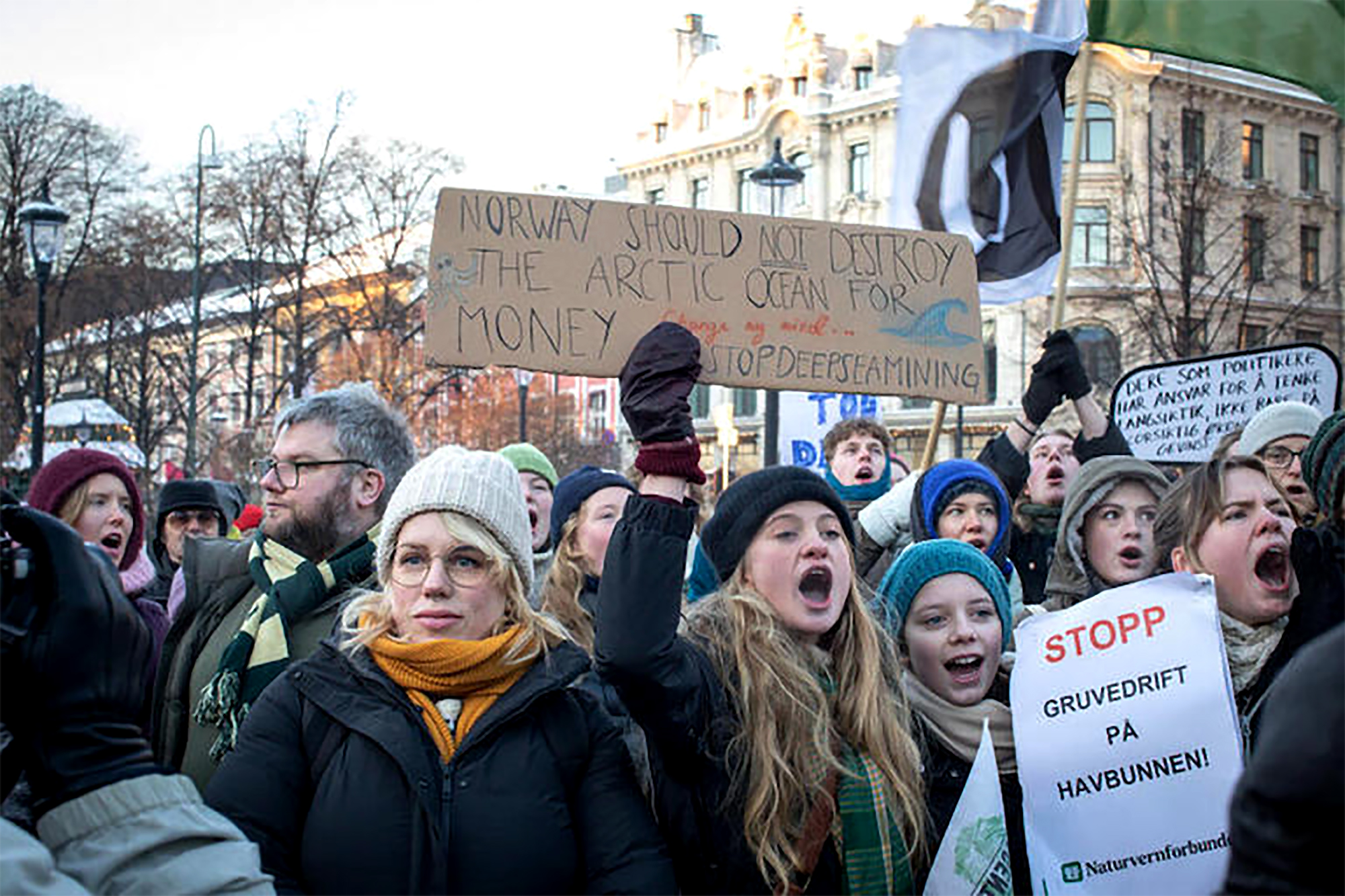The plastic we've created kills marine fauna.
- The Mediterranean and Pacific marine fauna are the most consumed plastics in the world, according to a study conducted by an Andalusian university.

Mediterranean and Pacific marine fauna is the most affected by plastic waste. The greatest impact of plastic waste on marine animals is through knots with fishing gear, such as the nets that make up the death trap. The waste that gets entangled in the limbs of the animals also has a great influence and, in many cases, prevents breathing on the earth.
Many types of species feed on small microplastics that occur as a result of plastic penetration, assuming that they are food. When ingested, the digestive tract is blocked and animals are at risk of death. Every abandoned waste, every gram that is not properly recycled or filtered in the sewage treatment plants, comes to the sea. Between 4.8 and 12.7 million tonnes of plastic waste per square metre are accumulated in the seas each year.
Effects on sea turtles, cetaceans and fish
A study by the University of Almeria reveals that the seas where marine fauna devours the most plastic in the world are the Mediterranean and the Pací fico.Los most frequent plastics that cause the death of sea turtles are white (66.60%), fibers (54.54%) and low density polymers (39.09%).In cetaceans: white (38.31%), clear fibers
It would not be wrong to remember the risks of water at this time when we are completely submerged in the summer of 2024. In general, we all remember wonderful moments in aquatic areas, but periodically, some tragic news moves us in the headlines of the media. To think that... [+]
In 2019, in the waters of the Greek island of Cases, the National Hellenic Research Foundation and the Greek Ministry of Culture began a study. The result of the work has been recent and in total ten traces of boats have been found at different times. The oldest is about 5,000... [+]
Plastikozko 25.000 kilo bolatxo isuri zituen Galiziako kostaldean Toconao itsasontziak abendu hastapenean. Ordutik, kutsadura horrek euskal kostaldean ukan dezakeen eraginari aitzina hartzeko, Euskal Hirigune Elkargoa eta Eusko Jaurlaritza erne ezarri dira. Elkargoak,... [+]





















